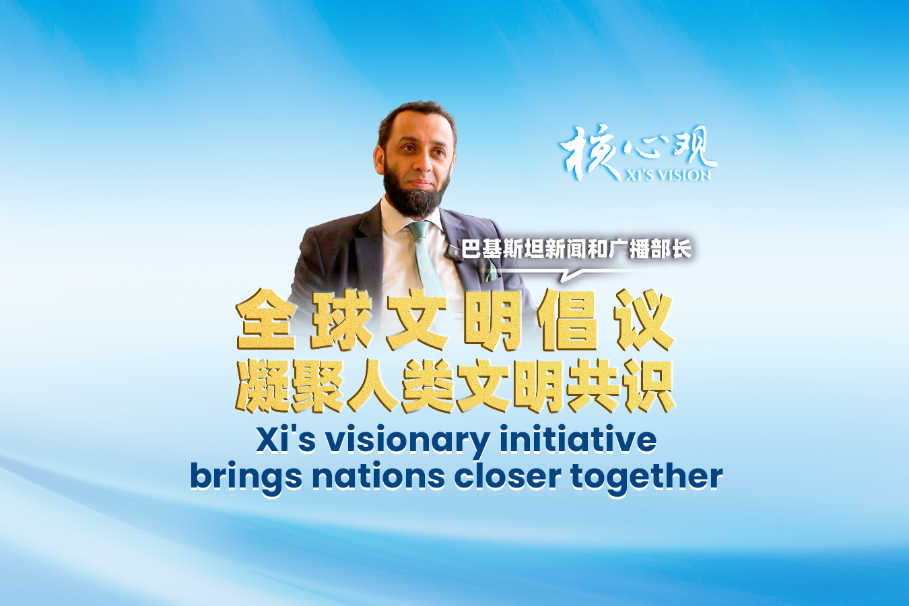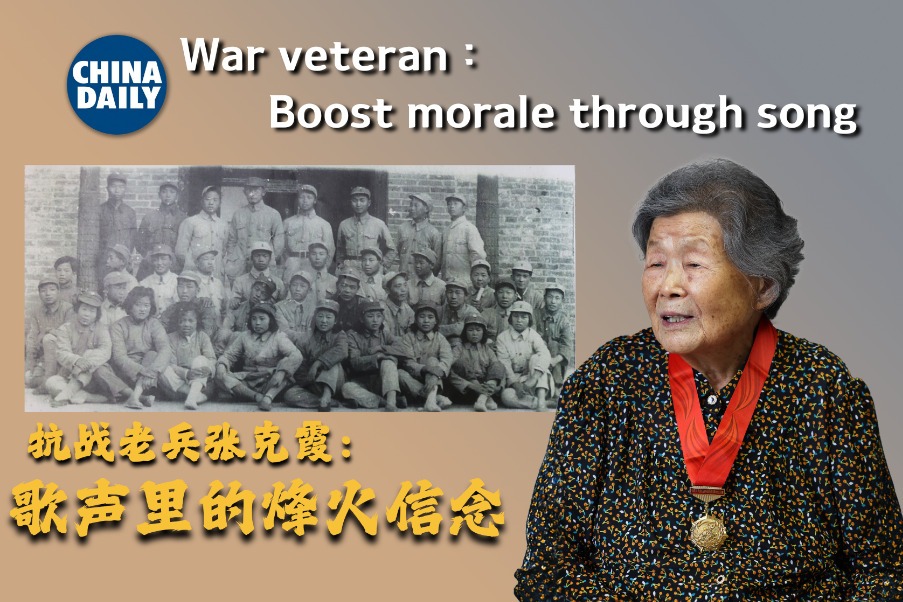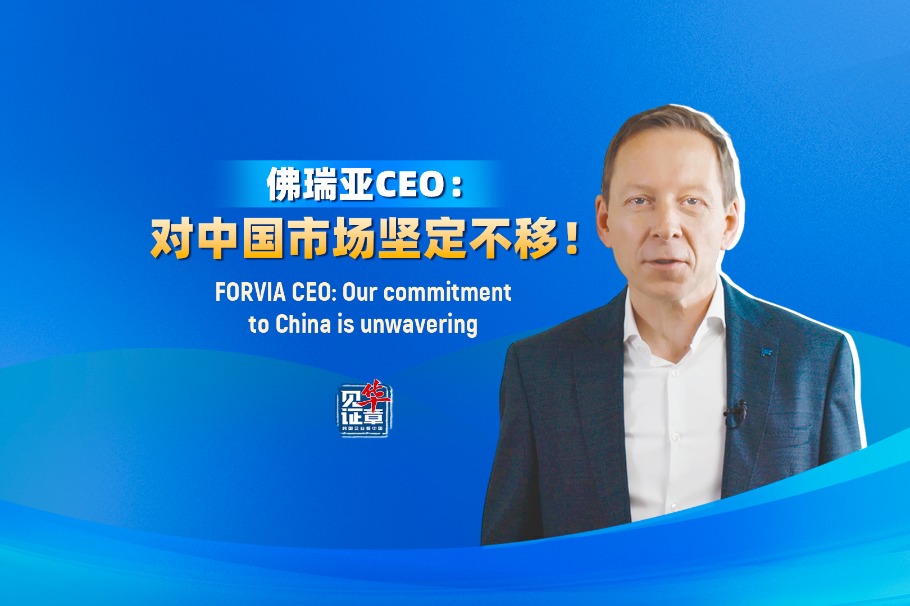China's dual-speed path to sustainability

New pattern represents a recalibration to mirror global demand patterns
China is contemplating growing its economy by a differentiated framework that corresponds to a distinction between old and new industries.
The key issues in distinguishing between old and new industries and the two speeds in China's economic growth are intellectual property and the services economy. China has emerged into the supreme position of international trade it currently occupies by offering competitive advantages in labor markets.
However, that feature corresponded to the so-called old industries, where China offered competitive supply chains and assembly lines of products that were designed elsewhere, predominantly in the investor country or investor economy. As China has gained experience over the past two decades and amassed significant wealth based on the old industries, a new phenomenon has started to emerge.
China developed domestic industries that completed the production cycle, having initiated its inception by design and concept creation. The maturity of the Chinese economy to recognize intellectual property modalities also facilitated a shift toward an economy that is relying on services equally to an economy that is based on production processes.
China has also started a dynamic intervention in the global outward investment markets, focusing in Europe on infrastructure, energy and network industries, in Africa on raw materials and natural resources, and focusing on debt and equity markets in the United States by means of secondary portfolio investments.
Creating a two-speed economic growth pattern and a parallel function of old and new industries also reflects on China's strategic and leadership role to the Southeast Asia region. China has acted as a catalyst for many countries that have emerged as serious destinations in outsourcing and supply chain activities, thus creating a parallel force of competition within the region.
This phenomenon has resulted in an upstream move for the Chinese expertise and specialization to markets that encompass new economies, and reflect on aspects of service industries and intellectual property.
Manufacturing was the backbone of the Chinese economy, but its evolution and response to competitive pressures from regional actors, as well as other trading blocs across the world, has inevitably resulted in a balanced exercise of modernization and embracing of systems and techniques such as automation, robotics and lean theories, which have resulted in moving up the value chain of Chinese manufacturing.
The long-term significance of such development is that China can be seen as a credible destination for manufacturing products that require advanced quality control and assurance as well as delivery to assembly lines based on just-in-time principles. This development not only complements the old industries of labor-intensive assembly and manufacturing, it mostly reveals a fundamental shift in internationalization and global competitive advantage.
The rebalancing process under the two-speed economy framework is influencing the global economy, in terms of key sectors such as commodities and raw materials, but also is being influenced by global trends. The influence is reciprocal. The rebalancing of China's economic growth by reference to the two-speed framework has already started.
China's 11th Five-Year Plan (2006-10) and 12th Five-Year Plan (2011-15) provided a blueprint for continued reform that prioritized overall sustainable development, aiming to provide this inclusive economic growth conceptualized as scientific development for an optimally efficient, market-driven approach.
China's scientific development aims to deliver further policy objectives toward achieving sustainable economic growth, reduce environmental degradation, reduce emissions levels, improve energy efficiency, accelerate development of the services sector (particularly financial services) and establish more balanced and sustainable global trade.
The Belt and Road Initiative is one of the most sophisticated policies of investment. It links investment with the outcomes of economic recovery.
After joining the World Trade Organization in 2001, China's economy grew at an average annual two-digit rate until 2007.
China's unprecedented growth has created a huge market for trade and investment, has rapidly changed the landscape of global competition and has made China susceptible to world economic uncertainty.
The Belt and Road Initiative identifies a number of economic imbalances that need to be addressed. The strong reliance on an export-driven growth strategy so far has been the main driver of China's growth. The country's resulting trade surplus, widening gap between savings, and large foreign currency reserves increase the pressure to strengthen the domestic market and demand.
The vast amounts of FDI flowing into China create further pressure to make investments more efficient. China's focus on labor-intensive processing industries in some areas has reached a saturation point and has started to have diminishing returns. Continuously widening income disparities between regions and the urban and rural areas need to be rebalanced.
The negative environmental effects of China's rapid economic development require increased attention to achieve more sustainable and inclusive economic growth.
There are significant risks and challenges emanating out of China's two-speed economic growth system. The most prolific risk is regulatory compliance. Interestingly, there is an inherent link between the new-economy sectors or the service-based economy with sustainability. This also represents a significant danger of losing the competitive advantage over other regional trading blocs, such as India or Southeast Asia.
China has already pledged its intention to promote sustainable development, which is linked to emissions reduction. The key benefits for China and other emerging economies to work together to combat climate change and to promote sustainable development are threefold: climate-responsible production methods, compliance with international treaty obligations, and global and regional leadership for emissions reduction.
China has emerged as a game-changer of international economic dynamics. The two-speed economic growth framework relates to the calibration of the Chinese economy to mirror global demand patterns. Old industrial sectors such as traditional manufacturing have propelled China into a might of industrial competitiveness, but it cannot sustain its position in the long run.
Inevitably, new industrial sectors embracing innovation, research and development, services and outward investment offer a base for sustainable economic growth that is superior when compared with the old industries. Effectively, China's economic rebalancing reflects the need of global rebalancing.
The author is a professor of European and international business law at the University of Hull, UK.
(China Daily European Weekly 12/18/2015 page9)
Today's Top News
- Global banks, institutions optimistic on China growth
- Goal of high-tech self-reliance unchanged: China Daily editorial
- Bid to sabotage South China Sea consensus shows Manila an irresponsible actor in region: China Daily editorial
- 'Zero-tariff' a blow to zero-sum game
- China's railways hit record 2.24 billion passenger trips in H1
- Collection of Xi's articles on education, other two books published in Hong Kong
Most Viewed
- 3rd China International Supply Chain Expo opens in Beijing
- Chinese animation Ne Zha 2 hits theaters in Middle East
- China hailed as stabilizing global force
- BRICS currency creates dilemma for the dollar
- Village Super League to return after flood repairs






























